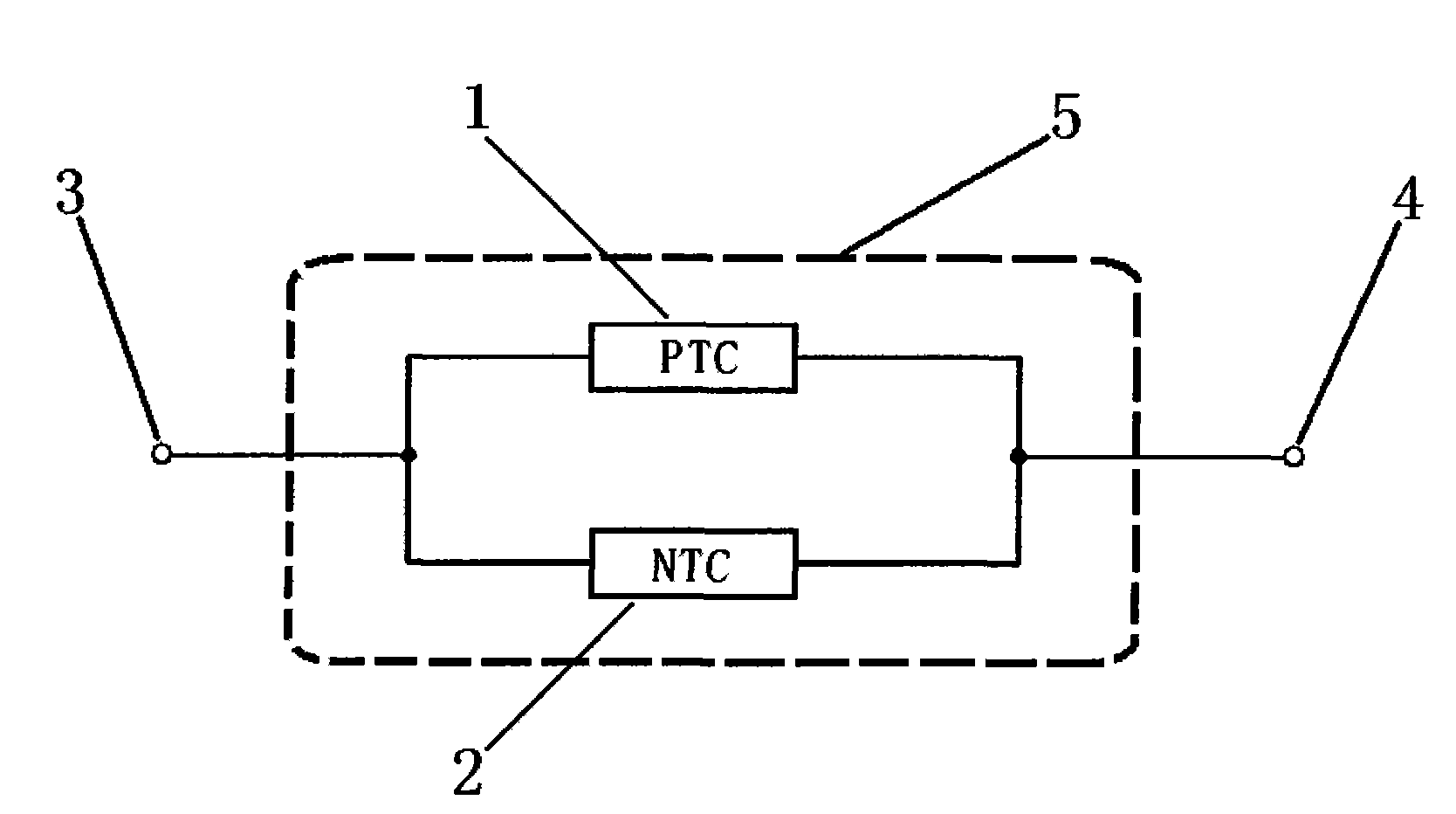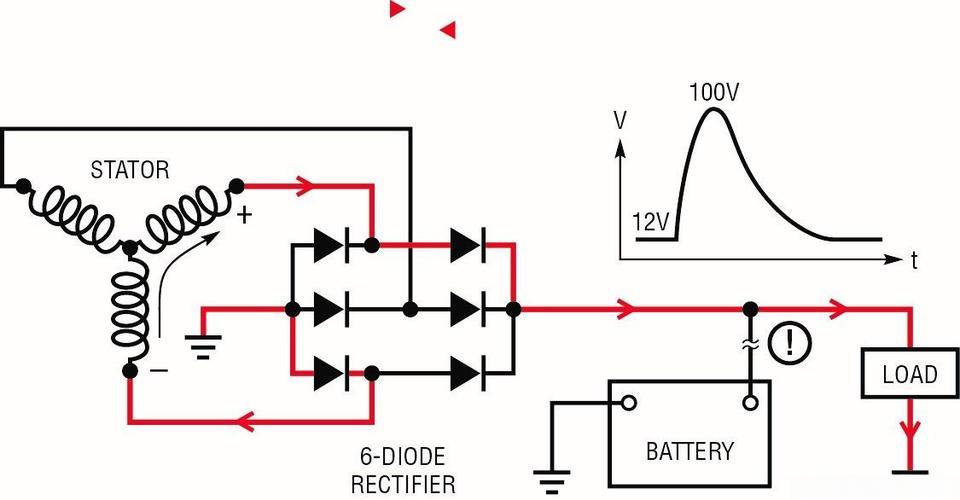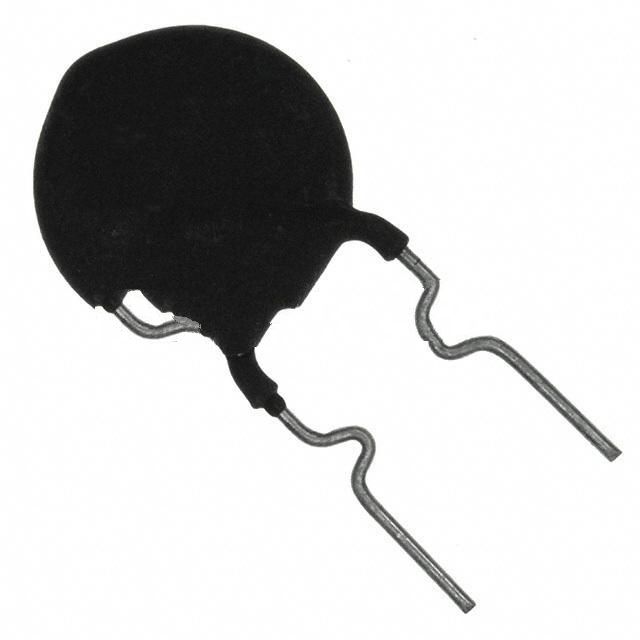Previous Chapter:What is a Ground Fault Circuit Interrupter (GFCI)?
Next Chapter:What is clock ICs/Timing ICs?
What is an Inrush Current Limiter and its advantages?

Post Date:2024-06-11,
What is an inrush current limiter?
An inrush current limiter, short for ICL, is a protective device used to protect power equipment and communication lines, which can protect related equipment from the threat of electrical surges by limiting voltage or current. When the device is first powered on, internal capacitors or inductors can cause a sharp increase in current. This instantaneous high current, if not properly controlled, can cause damage to electronic components or shorten their service life. The inrush current limiter effectively reduces the initial current surge and protects electronic components and circuits by providing high impedance at the moment of power connection.Inrush current occurs due to the charging of capacitors, magnetizing inductors, or connecting cold filament lamps. When electrical equipment is switched on, these elements draw a substantial current until they reach their normal operating condition. Without proper control, this can lead to blown fuses, tripped circuit breakers, or even component failure.
An inrush current limiter is a device used to limit excessive current during startup of electronic devices. They are typically used in the following situations:
-Large electric motors
-Transformer
-Power supply unit
-High-capacity capacitors

How to limit inrush current?
Surge current refers to the peak current flowing into the power supply device when the power supply is turned on. Due to the rapid charging of the input filter capacitor, the peak current is much larger than the steady state input current. The power supply should limit the level of surge that AC switches, rectifier Bridges, fuses, and EMI filter components can withstand.Repeatedly switch the loop, the AC input voltage should not damage the power supply or cause the fuse to blow. The inrush current also refers to the non-repeatable maximum forward overload current that causes the junction temperature to exceed the rated junction temperature due to circuit anomalies.
Inrush current refers to the sudden occurrence of high current pulses in the circuit, usually due to sudden power access, switch operation, or circuit failure. This current pulse can cause damage or failure to electronic devices and circuits. In order to limit the inrush current, the following measures can be taken:
Use an inrush current limiter
An inrush current limiter is a device that can reduce the inrush current amplitude in the circuit. It can reduce the impact of the inrush current on the device by limiting the rise rate of the current. Common inrush current limiter includes thermistors, inductors, capacitors and surge protectors.
Reasonable design of circuit parameters
Reasonable design of circuit parameters, such as appropriate power capacity, cable size and length, can reduce the amplitude and time of inrush current.
Use the inrush current protector
The inrush current protector can be used to detect the inrush current in the circuit and cut off the circuit in time to avoid damage to the equipment caused by the inrush current. Common inrush current protectors include safety wires and transient voltage suppression diodes.
Grounding protection
A good grounding system can effectively reduce the impact of inrush current on equipment. The conduction and distribution of inrush current can be reduced by designing a reasonable grounding system and ensuring a good grounding connection.
Types of inrush current limiters
There are various types of inrush current limiters, and according to the application scenario and working principle, the common ones are mainly as follows:1. NTC (Negative Temperature Coefficient) thermistor
NTC thermistors have high impedance when in the cold state, and their impedance decreases as the temperature increases after being powered on. This makes it suitable for use in equipment such as power supplies, transformers, and motors.
2. PTC (Positive Temperature Coefficient) thermistor
PTC thermistors exhibit an increase in impedance as the temperature increases. It is usually used for overcurrent protection rather than inrush current limitation, but can also be used as part of inrush current limiters in certain specific applications.

3. Electronic inrush current limiter
Electronic inrush current limiters use semiconductor components to control inrush current, providing precise current control. This type of limiter is suitable for applications that require precise inrush current management, such as sensitive electronic devices and modern power management systems.
4. Magnetic inrush current limiter
Magnetic inrush current limiters utilize the characteristics of magnetic materials to limit current by controlling the magnetic field. They are typically used for high-power applications such as transformers and high-power motors.
What is the difference between NTC and PTC in inrush current limitation?
As we metioned as above, PTC and NTC are two common types of thermistors used in the inrush current limitations. The main difference between them is that the resistance varies with temperature and applications they used in:Temperature characteristics
The resistance value of the PTC thermistor increases with the increase of temperature, showing a positive temperature coefficient characteristic. The resistance value of NTC thermistor decreases with the increase of temperature, showing negative temperature coefficient characteristic.
Applications
PTC thermistors are often used in situations where current limitation or overload protection is required, such as power supply voltage stabilization, temperature control, etc. NTC thermistors are widely used in temperature sensing, constant temperature control, temperature compensation and other applications requiring high precision temperature measurement.
Sensitivity and accuracy
NTC thermistors have high temperature sensitivity and accuracy, and can provide a large range of resistance changes, suitable for a variety of temperature measurement and control applications. PTC thermistors have relatively low temperature sensitivity and generally respond slowly to temperature changes.
Operating temperature range
NTC is generally suitable for a lower temperature range, generally from -50°C to +150°C, or even higher. PTC is suitable for higher temperature ranges, up to 300°C or more.
What is the principle of inrush current limiter?
The working principle of a inrush current limiteris to increase the initial impedance of the circuit and slow down the rate of current rise. The specific principles can be divided into the following aspects:1. Increase initial impedance
At the moment of device startup, the inrush current limiterwill provide high impedance to prevent the rapid rise of current. This can be achieved through the high initial impedance of NTC thermistors or through electronically controlled switches.
2. Dynamic adjustment
After the device operates normally, the impedance of the inrush current limiterwill be dynamically adjusted to a low level, allowing the current to pass freely. This feature ensures that the device is protected during initial startup, but will not be affected by additional impedance during operation.
3. Control current rate
By controlling the rate of current inflow, the inrush current limitercan smoothly put the device into operation. This is crucial for reducing electrical shocks and protecting electronic components. Inrush current limiters play an important role in power management systems, protecting circuits from damage caused by inrush currents.

How to limit inrush current and its effects?
The main methods for limiting inrush currents include:1. Choose the appropriate inrush current limiter
Select appropriate inrush current limiters based on application requirements, such as NTC thermistors, electronic controllers, etc., to ensure effective limitation of inrush current.
2. Adjust power supply design
In power supply design, measures such as adjusting the startup circuit and adding filters can be taken to reduce the impact of inrush currents.
3. Regular maintenance and testing
For critical equipment, regularly checking the status of inrush current limiters to ensure their normal function is helpful for long-term stable operation.
The function of inrush current limiters is to protect electrical equipment from high current shocks during startup, extend equipment life, and improve system reliability.

What device uses inrush current limiters?
Inrush current limiters are widely used in various electronic and electrical equipment, including but not limited to:-Power supply: ensure that the device is not damaged by inrush currents during power on.
-Electric motor: protects the motor from high current shocks during startup.
-Transformer: Limiting inrush current during transformer startup to protect windings and core.
-Large capacity capacitor: Limit the initial current during charging to avoid premature damage to the capacitor.
In these application scenarios, inrush current limiters provide important protection for equipment by controlling the starting current.
Statement: All articles (images, texts, audio) on this site are uploaded and shared by users, or integrated from relevant internet sources, only for user's learning. If your rights are violated, please contact the administrator to delete!
Link to this article: https://www.jinftry.com/
Previous Chapter:What is a Ground Fault Circuit Interrupter (GFCI)?
Next Chapter:What is clock ICs/Timing ICs?







